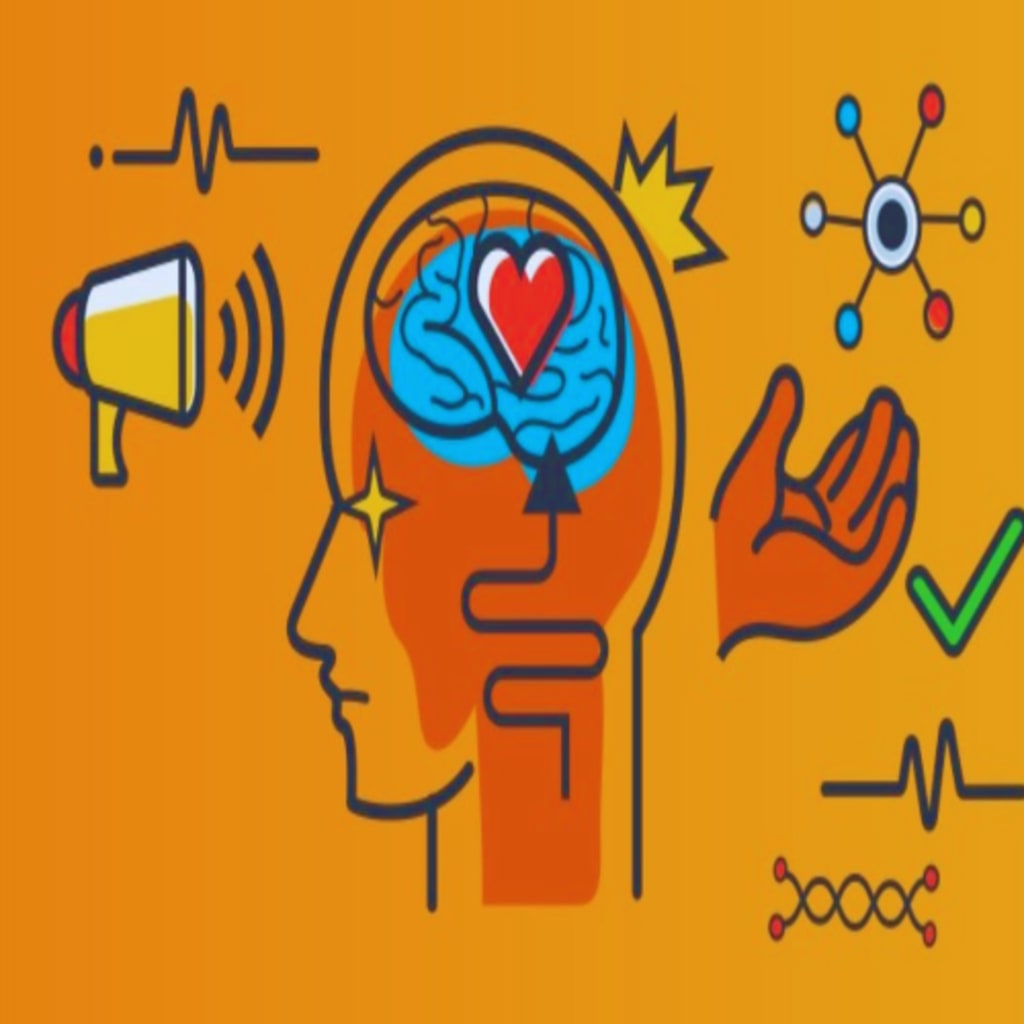
Neuromarketing is the application of neuroscience techniques and principles to study consumer behavior and decision-making processes related to marketing and advertising. It involves using various brain imaging technologies, such as functional magnetic resonance imaging (fMRI), electroencephalography (EEG), and eye-tracking, to measure and analyze the neurological responses of consumers to different marketing stimuli, such as ads, product packaging, and pricing strategies.
The main goal of neuromarketing is to gain insights into the subconscious processes that influence consumer behavior and preferences, which can help marketers design more effective advertising campaigns and product strategies. Some of the key areas of focus in neuromarketing research include emotional responses, attention, memory, and motivation.
However, it's important to note that while neuromarketing can provide valuable insights into consumer behavior, it should be used ethically and with transparency. Consumers have a right to know when their neurological responses are being measured and how that information will be used. Additionally, neuromarketing should be used in conjunction with other research methods, such as surveys and focus groups, to ensure a comprehensive understanding of consumer behavior.
Neuromarketing is the application of neuroscience techniques and principles to study consumer behavior and decision-making processes related to marketing and advertising. It involves using various brain imaging technologies, such as functional magnetic resonance imaging (fMRI), electroencephalography (EEG), and eye-tracking, to measure and analyze the neurological responses of consumers to different marketing stimuli, such as ads, product packaging, and pricing strategies.
The main goal of neuromarketing is to gain insights into the subconscious processes that influence consumer behavior and preferences, which can help marketers design more effective advertising campaigns and product strategies. Some of the key areas of focus in neuromarketing research include emotional responses, attention, memory, and motivation.
However, it's important to note that while neuromarketing can provide valuable insights into consumer behavior, it should be used ethically and with transparency. Consumers have a right to know when their neurological responses are being measured and how that information will be used. Additionally, neuromarketing should be used in conjunction with other research methods, such as surveys and focus groups, to ensure a comprehensive understanding of consumer behavior.
Neuromarketing can be applied in a variety of ways to better understand and influence consumer behavior. Here are a few examples:
Testing Advertising Effectiveness: Neuromarketing can be used to test the effectiveness of different types of advertising campaigns. For instance, by measuring brain activity, eye movements, and other physiological responses, researchers can determine which ads are more likely to grab consumers' attention, elicit positive emotions, and lead to increased brand recognition and purchase intent.
Product Design and Packaging: Neuromarketing can also be used to improve product design and packaging. By studying how consumers respond to different product features, such as color, shape, and texture, researchers can optimize product design to elicit positive emotional responses and increase purchase intent.
Pricing Strategies: Neuromarketing can also be used to study how consumers respond to different pricing strategies. By measuring brain activity and other physiological responses, researchers can determine how consumers perceive the value of a product and how different pricing strategies (e.g., discounting, bundling, etc.) influence purchase intent.
Branding and Customer Loyalty: Neuromarketing can also be used to study how consumers respond to different brand identities and marketing messages. By measuring brain activity and other physiological responses, researchers can determine which brand identities elicit the most positive emotional responses and lead to increased customer loyalty.
Overall, neuromarketing can help businesses better understand and influence consumer behavior by providing insights into the subconscious processes that influence purchasing decisions.
Some of the advantages of neuromarketing include:
Deeper Understanding of Consumer Behavior: Neuromarketing provides a more in-depth understanding of consumer behavior than traditional research methods, such as surveys and focus groups. By measuring brain activity and other physiological responses, neuromarketing can uncover subconscious processes that influence consumer behavior and preferences.
Objective and Accurate Data: Neuromarketing provides objective and accurate data that is not influenced by social desirability biases or other factors that can affect self-reported data from surveys and focus groups.
Improved Advertising Effectiveness: Neuromarketing can help businesses design more effective advertising campaigns by identifying the types of ads that are most likely to grab consumers' attention, elicit positive emotions, and lead to increased brand recognition and purchase intent.
Improved Product Design and Packaging: Neuromarketing can also help businesses improve product design and packaging by identifying the product features that elicit the most positive emotional responses and lead to increased purchase intent.
Competitive Advantage: By using neuromarketing to gain insights into consumer behavior, businesses can gain a competitive advantage over their competitors who are relying solely on traditional research methods.
However, it's important to note that neuromarketing should be used ethically and with transparency to ensure that consumers' privacy and autonomy are respected. Additionally, neuromarketing should be used in conjunction with other research methods to ensure a comprehensive understanding of consumer behavior.
Neuromarketing is the application of neuroscience principles to marketing research, and it has several real-time applications that can provide valuable insights into consumer behavior. Here are some examples:
Eye-Tracking: Eye-tracking is a popular real-time neuromarketing technique that can be used to determine which parts of an advertisement or website are receiving the most attention from consumers. This information can be used to optimize the placement of key marketing messages, design elements, and calls to action to increase their effectiveness.
Facial Expression Analysis: Facial expression analysis can be used to understand how people react emotionally to marketing stimuli. By measuring facial muscle movements, marketers can determine how engaging an advertisement or product is, and whether it elicits positive or negative emotions.
EEG Brainwave Analysis: EEG (electroencephalogram) brainwave analysis can be used to measure a consumer's level of engagement and attention while interacting with a product or advertisement. This information can be used to optimize the design and messaging of marketing campaigns to better capture the attention of the target audience.
Functional Magnetic Resonance Imaging (fMRI): fMRI can be used to measure brain activity in response to marketing stimuli, such as advertisements or products. This information can be used to identify the areas of the brain that are associated with positive emotional responses and purchase intent.
Overall, real-time applications of neuromarketing can provide valuable insights into consumer behavior and help marketers optimize their marketing campaigns for maximum effectiveness.





Comments
There are no comments for this story
Be the first to respond and start the conversation.